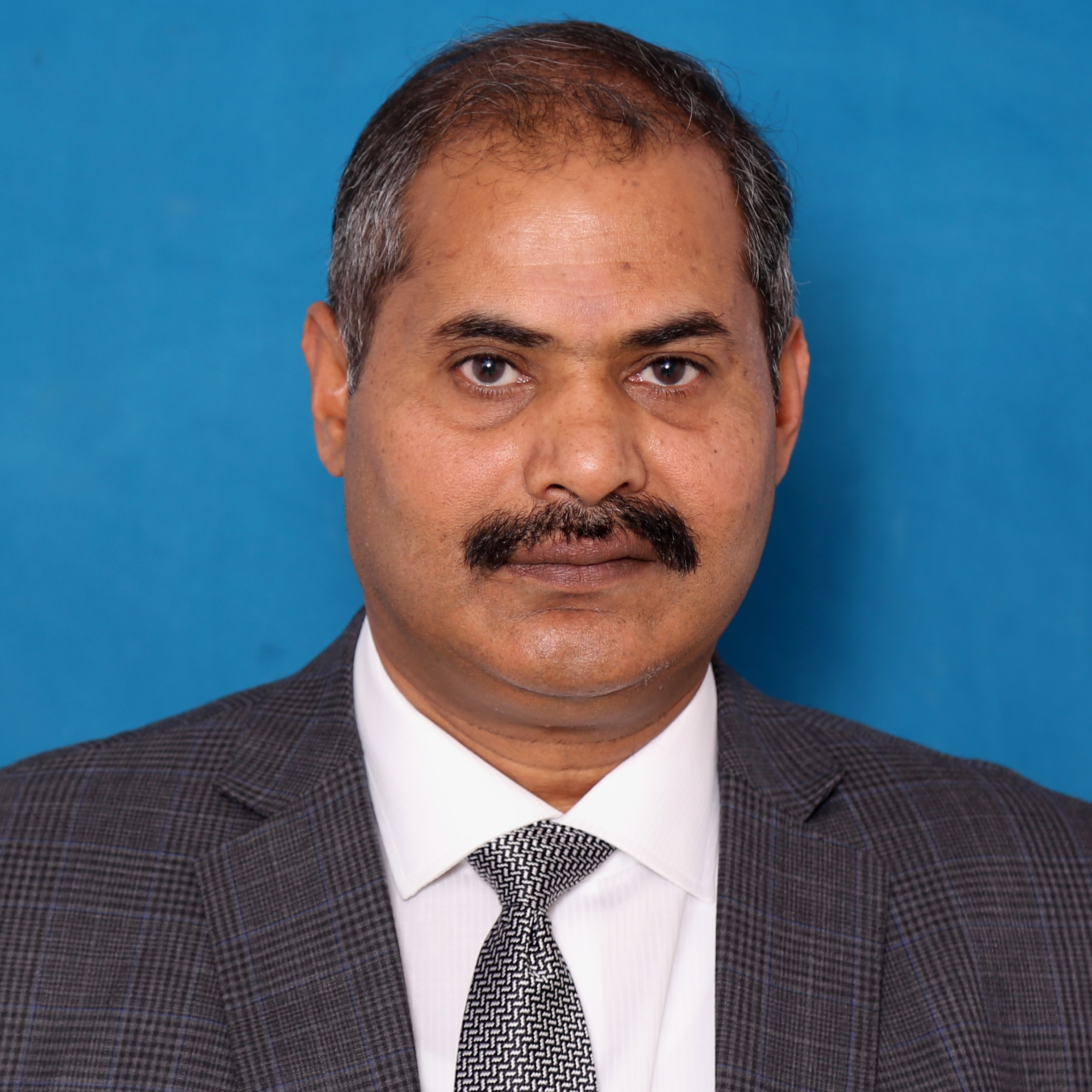Preprint
Article
Heat and Photon Energy Phenomena: Dealing with Matter at Atomic and Electronic Level
This version is not peer-reviewed.
Submitted:
19 September 2022
Posted:
20 September 2022
Read the latest preprint version here
Abstract
There is a misconception about using the terms photon and electron. When the electron of the outer ring in the silicon atom executes interstate dynamics for only one cycle, it generates force and energy for the unit photon. When the photon of suitable length interacts with the side of the laterally orientated electron of an atom, it converts into heat energy. Under the approximate angle of 90º, when a photon interacts with the tip of a laterally orientated electron, it divides into bits of energy having a shape like integral symbols. In the neutral state silicon atom, the center acts as the reference point for electrons executing interstate dynamics, and the lateral lengths of the electrons remain along the north-south poles. The energy wraps around the force, which shapes along the tracing trajectory of electron dynamics in a silicon atom. Force shapes from only those sides of the electron, which are not in the exertion of forces. In interstate dynamics, the electron of the outer ring first reaches the maximum limit point, where the one-bit energy shapes. Electron completes the second half cycle, where the one-bit energy again shapes. The unit photon has a shape like Gaussian distribution in turned ends. When there is an uninterrupted supply of heat energy to the silicon atom, electron dynamics generate the photon having a shape-like wave. Path-independent but interstate-dependent forces take over the control of an electron. That electron executes dynamics nearly at the speed of light. In confined interstate dynamics, naturally viable conservative forces exert on the position-acquiring electron. A photon can be in unending length if the electron dynamics remain uninterrupted. The changing aspect of the electron recalls the auxiliary moment of inertia at each point of turning. By executing electron dynamics, atoms under neutral states generate photons of different shapes, revealing heat and photon energy phenomena.
Keywords:
Subject:
Chemistry and Materials Science - Materials Science and TechnologyCopyright: This open access article is published under a Creative Commons CC BY 4.0 license, which permit the free download, distribution, and reuse, provided that the author and preprint are cited in any reuse.
Alerts
MDPI Initiatives
Important Links
© 2025 MDPI (Basel, Switzerland) unless otherwise stated





